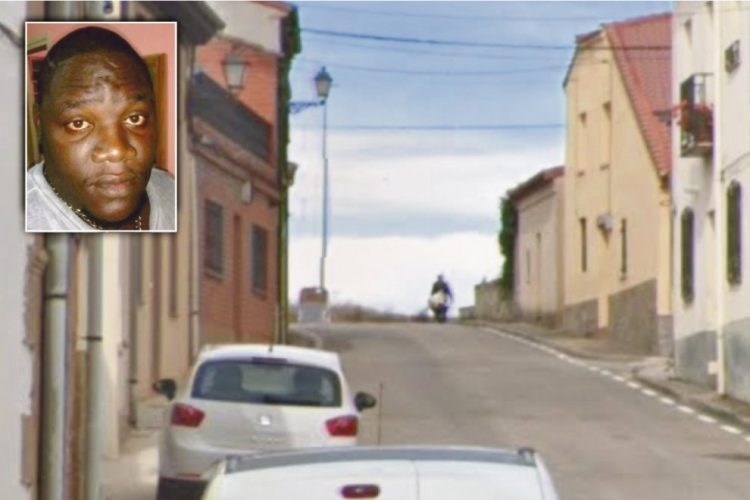The isolated Dutch village of Hogewey, located on the outskirts of the town of Weesp, has only 152 inhabitants who seem to be living a normal life – they eat, sleep, walk around the village and visit shops and restaurants. But in reality, every single one of them is being constantly watched. That’s because Hogewey is actually an elder care facility, and all of its residents suffer from dementia.
‘Dementia Village’ takes care to maintain the illusion that life is normal for the residents. The 152 patients have no idea that their home is a mental institution, nor that their living quarters are constantly monitored. Within the village, residents do not live in wards and there are no long hallways or corridors. Instead, they live in groups of six or seven to a house, with one or two caretakers. The homes are furnished according to the time period when the residents’ short-term memories stopped functioning properly – the 1950s, 1970s, and the 2000s, all accurate down to the tablecloths.
The residents are allowed to freely roam the grounds and admire its landscaped trees and fountains, or rest on the benches. Caretakers are stationed all over the village; 250 full and part time nurses and geriatric specialists wander the town as cashiers, grocery-store attendees, post-office clerks and more. Finances have simply been taken out of the equation, as everything is included in the family’s payment plan.
Residents of Hogewey can never leave the premises. In fact, the two-story homes that they live in form a perimeter wall for the village, so there is no way that a resident could ever wander out. If any one of them happen to approach an exit door by chance, a staff member will politely inform them that the door is locked, and guide them towards another route.
It turns out that placing an elderly person in such an environment seems not only natural, but is also far less expensive than round-the-clock, in-home care. And their family members, who often do not have the time to provide proper care, are relieved of an enormous amount of stress. “It’s perfect,” said Theo Visser, who has placed his wife Corrie in the facility. “I wouldn’t know a better place for her. It’s 100% good.”
Nearly every day, Theo travels 10 miles to visit 80-year-old Corrie and spend time with her, even though she doesn’t remember their years together very well. Although Corrie cannot verbalise anymore, she and Theo sit together for hours, holding hands and looking at each other lovingly. “I do it for myself,” he said. “I need it for myself. She (still) recognises everyone, so it’s important I be here every day.”
Yvonne van Amerongen, one of Hogewey’s founders, said that she needed to create the village for deeply personal reasons. She came up with the idea when she used to work in a traditional nursing home herself. “It was the moment my mother called me and told me my father had passed away suddenly,” she recalled.
“Nothing was wrong with him. He just had a heart attack and he died. One of the first things I thought was, ‘Thank God he never had to be in a nursing home.’ That’s crazy that I have to think that! I’m in the management of a nursing home and I don’t want my father to come here.”
So she sat down with her colleagues in 1992 and discussed how they could transform the typical nursing home into a more habitable environment. They eventually created a 1.5-hectare complex in 2009, with 23 housing units and seven different ‘lifestyle themes’ like crafts, culture, religious and urban.
Their goal is to provide the most normal possible life to the elderly that is reminiscent of their former lives. So if a patient happens to be an art lover, they get paintings on the walls and music is always playing, while the religious get conservative Christian decor on the walls. That’s why patients like Corrie never realize their lives have changed – everything stays the same as it was before they got sick, right from the food they eat the rooms they occupy.
Hogewey has received criticism that residents are being duped, but Yvonne is quick to dismiss these accusations. “We have a real society here,” she said. “I don’t think people feel fooled. They feel fooled if we just tell them a story that’s not true and they know it. We’re not telling stories.”
The only residents admitted at Hogewey are those suffering from ‘severe cases of dementia or Alzheimer’s disease’. The facility has been running at full capacity since 2009, and new residents are only taken in when a current one passes away. Primarily funded by the Dutch government, Hogewey cost slightly more than $25 million to build. The cost of care works out to $8000 per month, but the government subsidises the residents.
In Holland, everyone pays into the state health care system during their working years – that means living in Hogewey does not cost more than a traditional nursing home would. And although it seems like a more benevolent version of The Truman Show, it is showing signs of success – the residents require fewer medications, they eat better and live longer as well. According to Yvonne, a similar set up could certainly work in other parts of the world.
Photos: Vivium Zorggroep
Sources: CNN, The Atlantic










